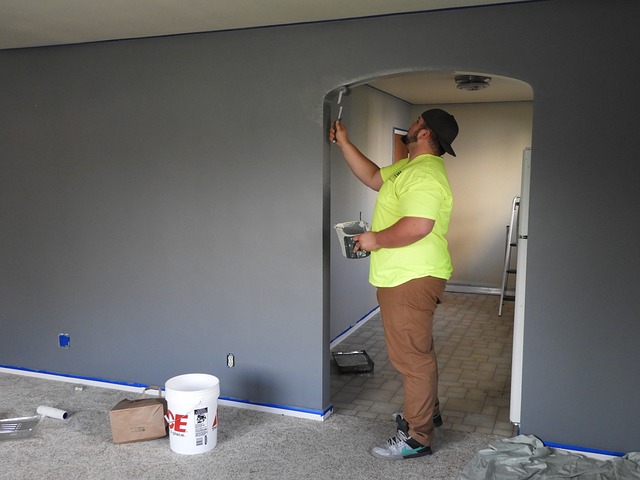
Welcome to 'The Complete Guide to Home Safety: 12 Elements You Should Not Ignore.'
In this comprehensive article, we will explore essential measures to ensure your home is a safe and secure environment for you and your loved ones.
From alarm system installation and fire safety measures to childproofing and outdoor lighting, we will provide practical advice and tips to help you create a safe haven.
Join us as we delve into each crucial element, empowering you to safeguard your home and enjoy the freedom of a secure living space.
Alarm System Installation
Installing a reliable alarm system is an essential step in ensuring the safety and security of your home. A properly installed security system not only deters potential intruders but also provides peace of mind for homeowners.
However, it is important to remember that the installation process is just the beginning. Regular security system maintenance is crucial to keep it functioning optimally. This includes checking the batteries, testing the sensors, and updating the software.
Additionally, false alarms can be a common issue with alarm systems. To prevent false alarms, it is important to educate yourself on how to properly use the system. This may involve understanding the difference between a false alarm and a true emergency, as well as ensuring that all family members are trained on the proper operation of the system.
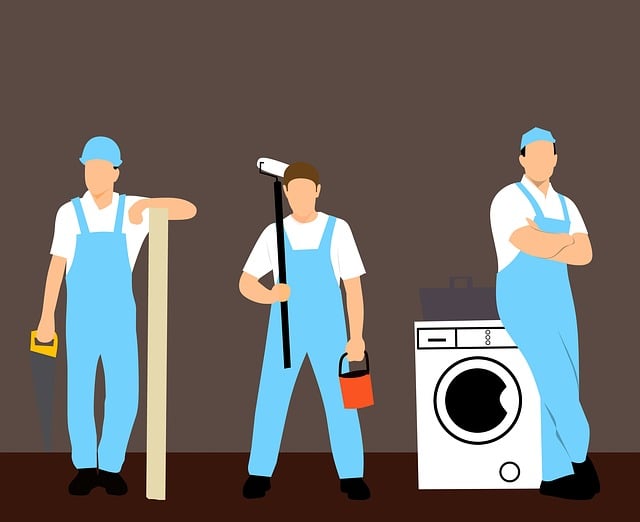
Fire Safety Measures
When it comes to fire safety measures in your home, there are several key points to consider.
First, the placement of smoke alarms throughout your home is crucial to ensure early detection of a fire.
Additionally, understanding the different types of fire extinguishers and their appropriate use is essential for effective fire suppression.
Lastly, having a well-planned escape route in case of a fire can greatly increase your chances of safely exiting your home.
Smoke Alarm Placement
Properly positioning smoke alarms is crucial for ensuring effective fire safety measures in your home. Smoke alarms are essential devices that detect smoke and alert occupants of a potential fire. Here are four important considerations for smoke alarm placement:
- Install smoke alarms on every level of your home, including the basement and attic. This ensures early detection and allows for a quick response in case of a fire.
- Place smoke alarms inside each bedroom and outside sleeping areas. This is especially important as most fatal fires occur at night when people are asleep. Having alarms near bedrooms increases the chances of early detection and evacuation.
- Install smoke alarms in interconnected areas. Interconnected smoke alarms communicate with each other, so if one detects smoke, all alarms will sound simultaneously, providing a faster and more effective warning.
- Regularly check and maintain your smoke alarms. Test them monthly, replace batteries annually, and replace the entire unit every ten years to ensure they are always in proper working condition.
Fire Extinguisher Types
To effectively protect your home from fires, it is important to understand the different types of fire extinguishers available.
Fire extinguishers are classified based on the type of fire they can extinguish. The most common types are ABC, CO2, and water-based extinguishers.
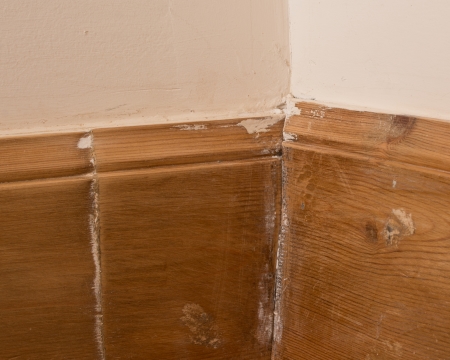
ABC extinguishers are versatile and can be used on fires involving ordinary combustibles, flammable liquids, and electrical equipment.
CO2 extinguishers are ideal for electrical fires and are non-conductive, making them safe to use around live electrical equipment.
Water-based extinguishers are suitable for fires involving paper, wood, and cloth.
It is crucial to regularly maintain your fire extinguishers by checking the pressure gauges and ensuring they are easily accessible.
Additionally, familiarize yourself with fire extinguisher ratings, which indicate the size of the fire the extinguisher can effectively control.
Escape Route Planning
Escape route planning is an essential component of fire safety measures for every home. Having a well-thought-out evacuation plan can make all the difference in ensuring the safety and survival of you and your loved ones in the event of a fire. Here are four key elements to consider when creating your emergency exits and evacuation plan:
- Identify primary and secondary escape routes: Identify at least two escape routes from each room in your home, ensuring that they are easily accessible and free from obstructions.
- Install and maintain smoke detectors: Place smoke detectors on every level of your home, especially near sleeping areas, and regularly test and replace the batteries.
- Practice regular fire drills: Conduct fire drills with all members of the household to ensure everyone knows the evacuation plan and can follow it quickly and calmly.
- Designate a meeting point: Establish a designated meeting point outside your home where everyone can gather after evacuating, so you can easily account for everyone's safety.
Child Proofing
Implementing proper child proofing measures is essential for ensuring the safety of young children in a home environment. Baby gates are an effective way to prevent access to hazardous areas such as staircases, while still allowing freedom of movement within designated spaces. Installing sturdy baby gates at the top and bottom of staircases can significantly reduce the risk of falls and injuries.

Additionally, cabinet locks are crucial for keeping dangerous substances and objects out of reach. These locks provide a simple yet effective way to secure cabinets, preventing children from accessing potentially harmful items such as cleaning supplies and sharp objects.
Outdoor Lighting
Outdoor lighting plays a crucial role in ensuring home safety. Properly installed and maintained outdoor lighting fixtures can enhance security, prevent accidents, and create a welcoming atmosphere. Here are four essential considerations for effective outdoor lighting:
- Placement: Strategically place lighting fixtures around the perimeter of your property, focusing on entry points, pathways, and dark areas. This will deter potential intruders and provide clear visibility.
- Motion Sensors: Install motion sensor lights near entrances and dark corners. These lights will automatically turn on when they detect movement, alerting you to any potential threats.
- Energy Efficiency: Opt for energy-efficient lighting options such as LED bulbs. They consume less energy, last longer, and provide bright illumination, reducing your environmental impact and saving you money in the long run.
- Maintenance: Regularly inspect and clean your outdoor lighting fixtures to ensure they are in proper working order. Replace any burnt-out bulbs promptly and address any wiring issues to maintain optimal safety.
Surveillance Cameras
When it comes to home safety, surveillance cameras play a vital role in deterring potential burglars and providing evidence in case of a break-in.
There are various types of cameras available, such as dome cameras, bullet cameras, and wireless cameras, each with its own advantages and disadvantages.
Proper placement and coverage are crucial to ensure maximum effectiveness, while also considering privacy and legal considerations to respect the rights of individuals.
Types of Cameras
Surveillance cameras are an essential component of a comprehensive home safety system. They provide homeowners with the ability to monitor their property and deter potential intruders.
When it comes to choosing the right surveillance cameras for your home, there are several options available. Here are four types of cameras that you should consider:
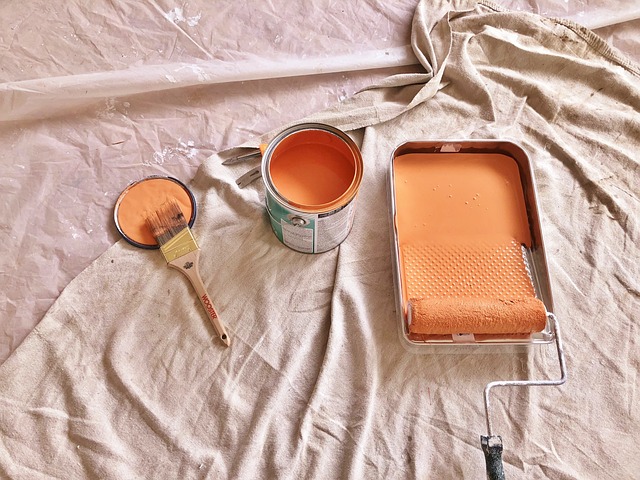
- Indoor Cameras: These cameras are designed to be placed inside your home and are ideal for monitoring specific areas such as living rooms, bedrooms, or hallways.
- Outdoor Cameras: As the name suggests, outdoor cameras are weatherproof and designed to withstand harsh conditions. They are perfect for monitoring the exterior of your property, including driveways, gardens, and entry points.
- Wireless Cameras: Wireless cameras offer the flexibility of easy installation and can be placed anywhere within range of your home network. They are ideal for those who want a hassle-free setup.
- Video Doorbells: Video doorbells are a popular choice for homeowners who want to enhance their home security. These cameras are installed at the front door and allow you to see and communicate with whoever is at your doorstep, even when you're not at home.
With the advancements in home automation technology, surveillance cameras can now be integrated into your smart home system, allowing you to control and monitor them remotely. Whether you choose indoor, outdoor, wireless, or video doorbell cameras, investing in surveillance cameras will provide you with peace of mind and enhance the security of your home.
Placement and Coverage
One crucial aspect to consider when installing surveillance cameras in your home is the placement and coverage.
The placement options for your cameras will depend on the areas you want to monitor and the layout of your property. It is recommended to install cameras at all entry points, such as doors and windows, as well as in high-traffic areas like hallways and living rooms. Make sure to position the cameras at a height that provides a clear view without being easily tampered with.
Additionally, consider the coverage areas of your cameras. They should be strategically placed to cover the entire perimeter of your home, including any blind spots or vulnerable areas.
Privacy and Legal Considerations
To ensure compliance with privacy laws and regulations, it is essential to carefully consider the legal implications of installing surveillance cameras in your home. While home security is a top priority for many homeowners, it is equally important to protect the privacy and data of individuals within and around the premises.
Here are four key considerations to keep in mind when installing surveillance cameras:
- Know the laws: Familiarize yourself with the local, state, and federal laws regarding surveillance cameras in residential areas.
- Notify and inform: Clearly communicate the presence of surveillance cameras to visitors and residents to maintain transparency and respect privacy rights.
- Secure data: Implement robust data protection measures to safeguard the footage captured by the surveillance cameras to prevent unauthorized access or misuse.
- Consider camera placement: Position the cameras strategically to minimize intrusions into private spaces and focus on areas of legitimate security concern.
Carbon Monoxide Detectors
Carbon monoxide detectors are essential for maintaining a safe and healthy home environment. Carbon monoxide poisoning, also known as the silent killer, can occur when this odorless and colorless gas builds up in enclosed spaces. The symptoms of carbon monoxide poisoning are often mistaken for other common illnesses, such as the flu, making it crucial to have a detector in your home.
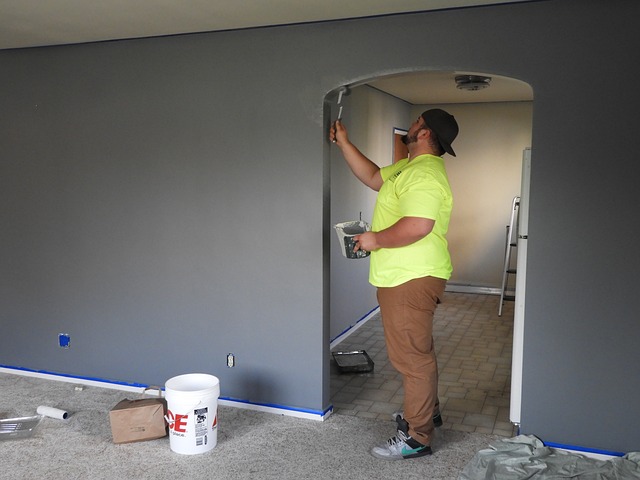
These detectors work by sounding an alarm when they detect high levels of carbon monoxide, alerting you to the presence of this dangerous gas. By installing carbon monoxide detectors in your home and regularly checking their batteries, you can provide an extra layer of protection for yourself and your loved ones.
Don't underestimate the importance of these devices in ensuring your freedom and well-being.
Window Locks
Window locks are an essential element in maintaining home safety and should not be overlooked. They provide an added layer of security, preventing unauthorized access and potential break-ins. Here are four important considerations when it comes to window locks:
- Window treatment options: Choose window treatments that not only enhance the aesthetics of your home but also provide privacy and security. Options such as blinds, shades, or curtains can be combined with window locks to ensure maximum safety.
- Window safety bars: Consider installing window safety bars, especially on ground-level windows or those in vulnerable areas. These bars provide a physical barrier that deters intruders from entering your home.
- Keyed locks: Opt for window locks that can be operated with a key. This allows you to control access to your windows and provides an additional layer of security.
- Regular maintenance: Check and maintain your window locks regularly to ensure they are functioning properly. Replace any worn-out or damaged locks promptly to maintain the security of your home.
Door Security
When it comes to door security, there are three key points to consider:
- Reinforced door frames: Reinforced door frames provide additional strength and durability, making it harder for intruders to force their way in.
- Deadbolt locks: Deadbolt locks offer an extra layer of security, as they require a key or code to unlock and are more resistant to picking or tampering.
- Security door options: Security door options, such as steel or solid wood doors, provide added protection against forced entry.
Reinforced Door Frames
The importance of reinforced door frames in ensuring home security cannot be overstated. Your door is the first line of defense against potential intruders, and a weak door frame can easily be broken into. Here are four reasons why reinforced door frames are essential for door security:
- Enhanced strength: Reinforced door frames are designed to withstand forced entry attempts, making it much more difficult for intruders to break in.
- Deterrence: The presence of a reinforced door frame sends a clear message to potential burglars that your home is well-protected, deterring them from even attempting a break-in.
- Increased peace of mind: Knowing that your door frame is reinforced provides a sense of security and peace of mind, allowing you to relax and enjoy your freedom at home.
- Long-lasting investment: Investing in reinforced door frames not only increases your home's security but also adds value to your property, making it a wise long-term investment.
Deadbolt Locks
One crucial element of door security is the installation of a high-quality deadbolt lock. Deadbolts provide an additional layer of protection against unauthorized entry and are an essential component of home safety.
When it comes to deadbolt installation, it is important to hire a professional locksmith to ensure proper alignment and functionality. They will assess your door and recommend the appropriate type of deadbolt lock, such as single or double cylinder, depending on your specific needs.
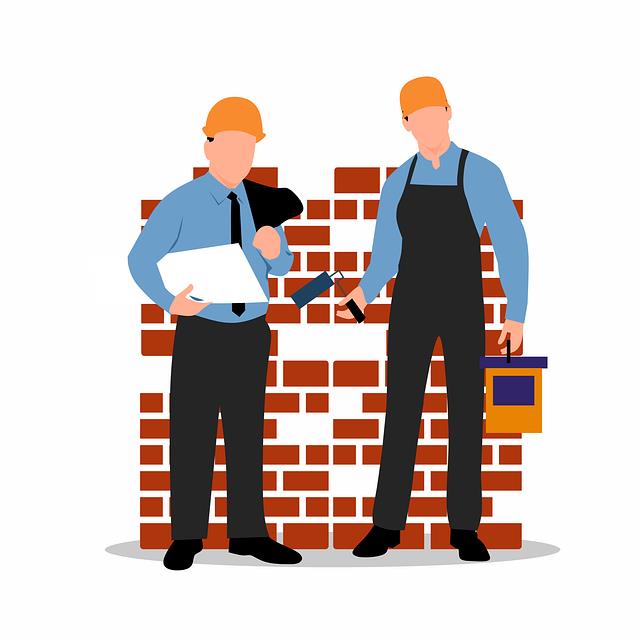
Once installed, it is essential to regularly maintain your deadbolt lock to ensure optimal performance. This includes lubricating the lock mechanism, checking for loose screws, and replacing any worn-out parts.
Security Door Options
A crucial aspect of ensuring door security in your home is considering various security door options. When it comes to choosing the right security door, there are several factors to consider, such as the materials used and door reinforcement techniques.
Here are four security door options to enhance the safety of your home:
- Steel doors: Made from durable steel, these doors provide excellent strength and resistance to forced entry.
- Solid wood doors: Solid wood doors are sturdy and can be reinforced with metal plates and security locks for added protection.
- Fiberglass doors: Fiberglass doors are known for their durability and resistance to harsh weather conditions, making them a reliable option for security.
- Security screen doors: These doors feature a strong mesh screen that allows for ventilation while keeping intruders out.
Pool Fencing
Properly securing your pool area with fencing is essential for ensuring the safety of your home and those who reside in it. Pool fencing serves as a barrier that prevents unauthorized access, particularly for young children who are at a higher risk of drowning.
When choosing a pool fence, it is important to consider certain factors. Firstly, the fence should be at least 4 feet high with no footholds that could facilitate climbing. It should also have a self-latching gate that opens away from the pool area and automatically closes and latches.
Additionally, regular pool maintenance and the use of a pool cover when the pool is not in use can further enhance safety. These measures, combined with vigilant supervision, will help create a secure and enjoyable pool environment for everyone.
Staircase Safety
Securing your staircase is a crucial aspect of home safety that should not be overlooked. Staircases are one of the most common areas where accidents can occur, especially if they are not properly maintained or designed.
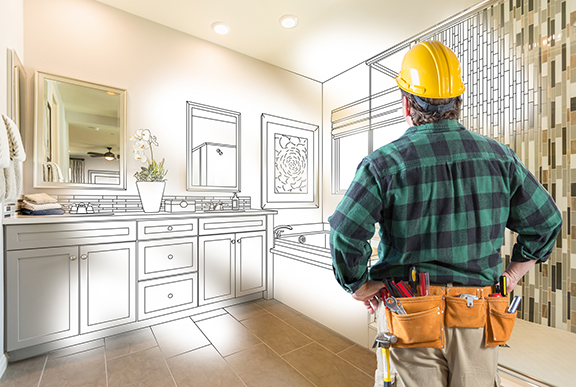
To ensure the safety of your staircase, consider the following:
- Regular staircase maintenance: Perform routine inspections to check for loose or damaged steps, handrails, and balusters. Repair or replace any faulty components immediately.
- Non-slip surfaces: Install slip-resistant treads or adhesive strips on each step to prevent slips and falls, particularly in high-traffic areas.
- Adequate lighting: Ensure that your staircase is well-lit to prevent accidents, especially during nighttime. Install light fixtures or motion-sensor lights at the top and bottom of the stairs.
- Proper staircase design: Consider the safety features of your staircase design, such as the height and depth of each step, the width of the staircase, and the placement of handrails. Opt for designs that provide stability and ease of use.
Garage Security
Implementing proper security measures for your garage is essential to ensure the safety of your home. The garage is often a vulnerable entry point for potential intruders, making it crucial to prioritize garage security.
Start by organizing your garage to minimize hiding spots and create a clear view of the surroundings. Remove any valuables from plain sight and consider installing security cameras or motion-activated lights to deter criminals.
Regular garage maintenance is also important to prevent break-ins. Keep your garage door in good working condition, regularly inspecting for any signs of damage or wear. Ensure that all windows and doors are secure and consider reinforcing them with deadbolts or security bars.
Anti-Slip Measures
To ensure the safety of your home, implementing anti-slip measures is crucial. Especially when considering the potential hazards that can arise from slippery surfaces in various areas, including the garage.
Here are four essential anti-slip measures you should consider:
- Anti-slip flooring: Installing anti-slip flooring in areas prone to moisture, such as bathrooms, kitchens, and entryways, can significantly reduce the risk of accidents. These floorings are designed to provide traction and prevent slips and falls.
- Bathtub grab bars: Adding grab bars to your bathtub or shower area can provide extra support and stability, reducing the chances of slipping while getting in or out. Ensure that the grab bars are securely installed and can support the weight of the user.
- Slip-resistant mats: Placing slip-resistant mats in areas that are frequently wet, such as entryways or near sinks, can help absorb moisture and provide better traction, reducing the risk of slipping.
- Regular maintenance: Regularly inspecting and maintaining your floors, stairs, and outdoor walkways is essential to identify and fix any potential hazards, such as loose tiles or uneven surfaces. Additionally, promptly cleaning spills and keeping surfaces dry can help prevent slips and falls.
Implementing these anti-slip measures will not only enhance the safety of your home but also provide you with peace of mind knowing that you have taken proactive steps to prevent accidents.

Frequently Asked Questions
What Are Some Common Fire Hazards to Watch Out for in the Kitchen?
Common fire hazards to watch out for in the kitchen include unattended cooking, flammable materials near stovetops, improper use of appliances, and grease buildup. Proper placement of fire extinguishers and regular cleaning of kitchen appliances can help mitigate these risks.
How Do I Choose the Right Type of Outdoor Lighting for My Home?
When choosing outdoor lighting for your home, consider price options and energy efficiency. Look for options that fit your budget and use energy-saving bulbs or solar-powered lights to reduce electricity consumption.
What Are the Benefits of Installing Surveillance Cameras in My Home?
Installing surveillance cameras in your home offers numerous benefits. It enhances security by deterring potential intruders, provides peace of mind as you can monitor your property remotely, and acts as evidence in case of any incidents.
How Often Should I Test My Carbon Monoxide Detectors?
It is important to regularly test carbon monoxide detectors to ensure their effectiveness in detecting this odorless and potentially deadly gas. Experts recommend testing them at least once a month to prevent carbon monoxide poisoning.
Are There Any Specific Regulations or Guidelines for Pool Fencing in My Area?
Pool fencing regulations vary by jurisdiction but generally require a fence of a certain height, with self-closing and self-latching gates. Common types of pool fences include mesh, aluminum, and glass. Pool fencing offers numerous benefits, including preventing accidental drowning and restricting access to unsupervised children.
 Family Craft ProjectsHome ImprovementCooking and BakingReuse and RecycleDIY GiftsEco-Friendly ProjectsDIY Home SolutionsSeasonal ActivitiesFun and GamesLearn TogetherPrivacy PolicyTerms And Conditions
Family Craft ProjectsHome ImprovementCooking and BakingReuse and RecycleDIY GiftsEco-Friendly ProjectsDIY Home SolutionsSeasonal ActivitiesFun and GamesLearn TogetherPrivacy PolicyTerms And Conditions

 Family Craft ProjectsHome ImprovementCooking and BakingReuse and RecycleDIY GiftsEco-Friendly ProjectsDIY Home SolutionsSeasonal ActivitiesFun and GamesLearn TogetherPrivacy PolicyTerms And Conditions
Family Craft ProjectsHome ImprovementCooking and BakingReuse and RecycleDIY GiftsEco-Friendly ProjectsDIY Home SolutionsSeasonal ActivitiesFun and GamesLearn TogetherPrivacy PolicyTerms And Conditions
